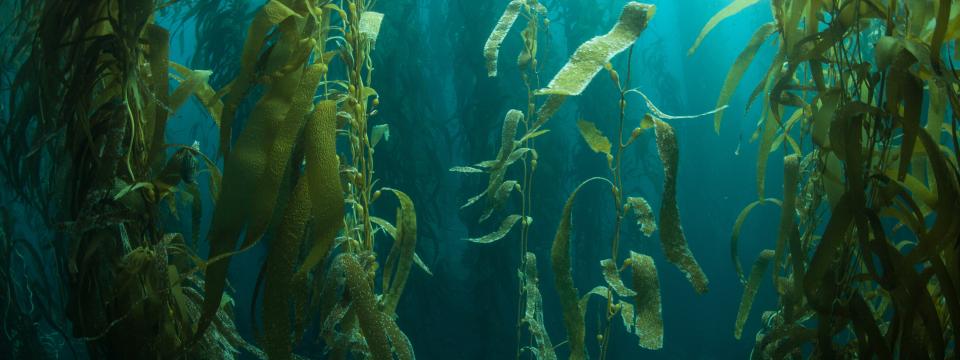This bibliography gathers publications over many years from a variety of researchers exploring topics of agency, directionality, and function (among others) with a special emphasis on CASP members. It began with work from teams within the initial Agency, Directionality and Function project and continues to be populated with papers and articles from diverse researchers looking to further develop and expand ways of working interdisciplinarily on the complex theme of teleology.
Included in the bibliography are entries for publications and books that many scholars involved in the Agency, Directionality and Function project recommended as foundational texts in their field of study. We welcome suggestions for additions to the bibliography from CASP members.
Function and Teleology
Mossio, M., & Pontarotti, G. (n.d.). Conserving Functions across Generations: Heredity in Light of Biological Organization.
Nagel, E. (1961). The Structure of Science: Problems in the Logic of Scientific Explanation. New York: Harcourt, Brace & World.
Nagel, E. (1977). "Teleology revisited: goal-directed processes in biology." Journal of Philosophy 74(5):261–301.
Newman, S. A. (2022). Form, Function, Agency: Sources of Natural Purpose in Animal Evolution. In Evolution ‘on Purpose’: Teleonomy in Living Systems. EcoEvoRxiv.
Newman, S. A. (2023). Inherency and agency in the origin and evolution of biological functions. Biological Journal of the Linnean Society, 139(4), 487–502.
Newman, S. A. (n.d.). Inherency and agency in the origin and evolution of biological functions. "Inherency and Agency in the Origin and Evolution of Biological Functions." Biological Journal of the Linnean Society, blac109
Oderberg, D., Hill, J., Austin, C., Bojak, I., Gibbins, J., & Cinotti, F. (2023). Biological Mistakes: What They Are and What They Mean for the Experimental Biologist. The British Journal for the Philosophy of Science, 724444.
Okasha, S. (2018). Agents and Goals in Evolution. Oxford: Oxford University Press.
Orzack, S.H. (2008). “Testing adaptive hypotheses, optimality models, and adaptationism.” In The Oxford Handbook of Philosophy of Biology. Edited by M. Ruse. New York: Oxford University Press, 87–112.
Orzack, S.H. and E. Sober. (ed) (2001). Adaptationism and Optimality. New York: Cambridge University Press.
Pettersen, A. K., Nord, A., While, G. M., & Uller, T. (2023). How do fluctuating temperatures alter the cost of development? Functional Ecology, 1365-2435.14450.
Pittendrigh, C.S. (1958). "Adaptation, natural selection, and behavior.” InBehavior and Evolution. Edited by A. Roe and G.G. Simpson. New Haven: Yale University Press, 390–416.
Plutynski, A. (2023). Four Ways of Going “Right” Functions in Mental Disorder. Philosophy, Psychiatry, & Psychology, 30(2), 181–191.
Potochnik, A. (2008). "Optimality modeling in a suboptimal world." Biology & Philosophy 24(2): 183–197.
Reiss, J.O. (2009). Not by Design: Retiring Darwin's Watchmaker. Berkeley and Los Angeles: University of California Press.
Rifkin, M. J., & Garson, J. (2023). Sex by design: a new account of the animal sexes. Biology & Philosophy, 38(2), 13.
Rocca, J. (ed.) (2017). Teleology in the Ancient World: Philosophical and Medical Approaches. New York: Cambridge University Press.
Rose, M.R. and Lauder, G.V. (1996). Adaptation. London: Academic Press.
Rosenblueth, A., Wiener, N. and Bigelow, J. (1943). “Behavior, purpose and teleology.” Philosophy of Science 10:18–24.
Ruse, M. (1989). “Teleology in biology: is it a cause for concern?” Trends in Ecology & Evolution 4(2): 51 - 54.
Ruse, M. (2003).Darwin and Design: Does Evolution Have a Purpose? Cambridge (MA): Harvard University Press.
Ruse, M. (2018). On Purpose. Princeton and Oxford: Princeton University Press.
Russell, E.S. (1945). The Directiveness of Organic Activities. Cambridge (UK): Cambridge University Press.
Rytkönen, K. T., Faux, T., Mahmoudian, M., Heinosalo, T., Nnamani, M. C., Perheentupa, A., Poutanen, M., Elo, L. L., & Wagner, G. P. (2022). Histone H3K4me3 breadth in hypoxia reveals endometrial core functions and stress adaptation linked to endometriosis. IScience, 25(5), 104235.
Sarkar, S. (2023). That was the Philosophy of Biology that was: Mainx, Woodger, Nagel, and Logical Empiricism, 1929–1961. Biological Theory.

